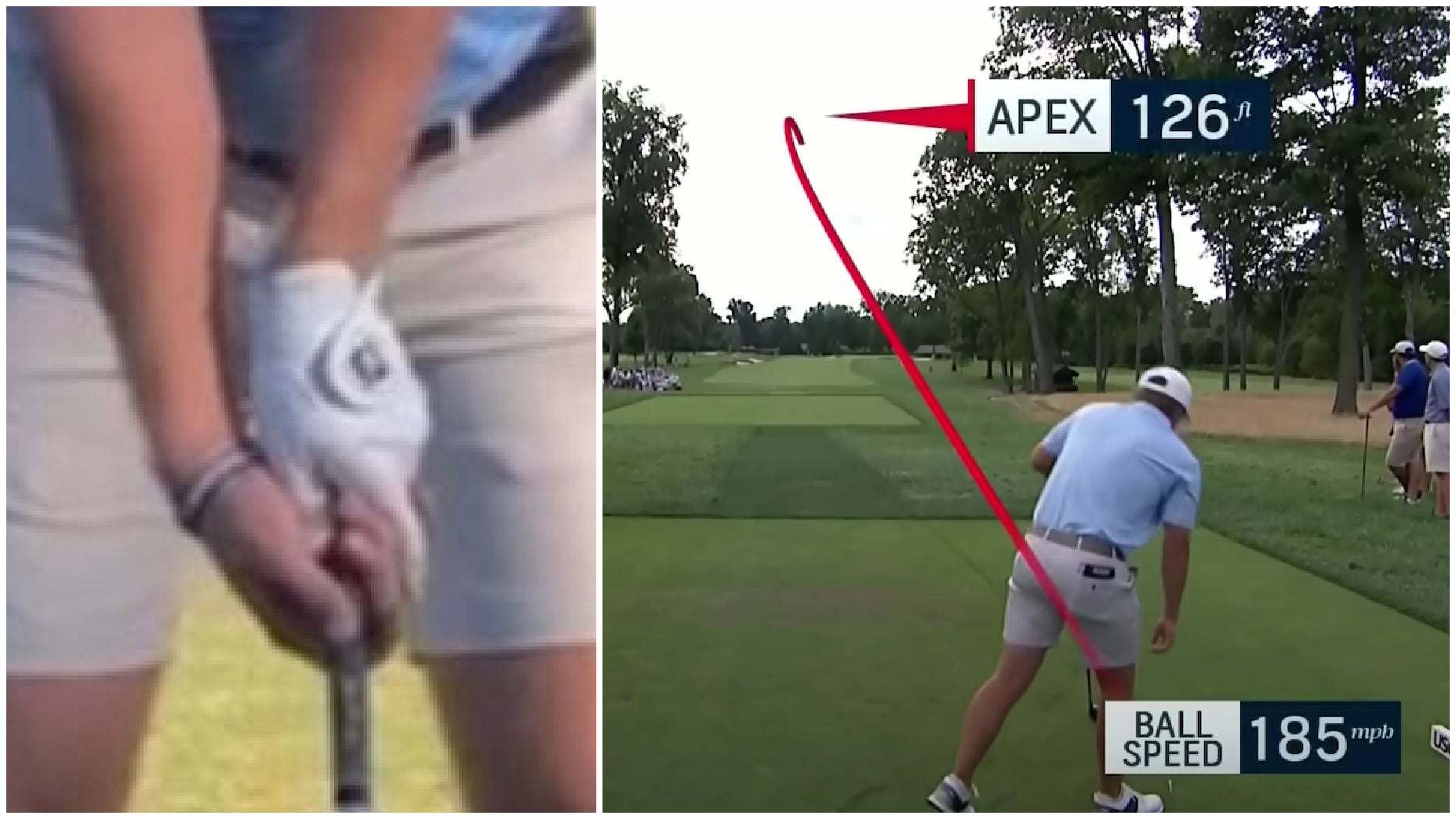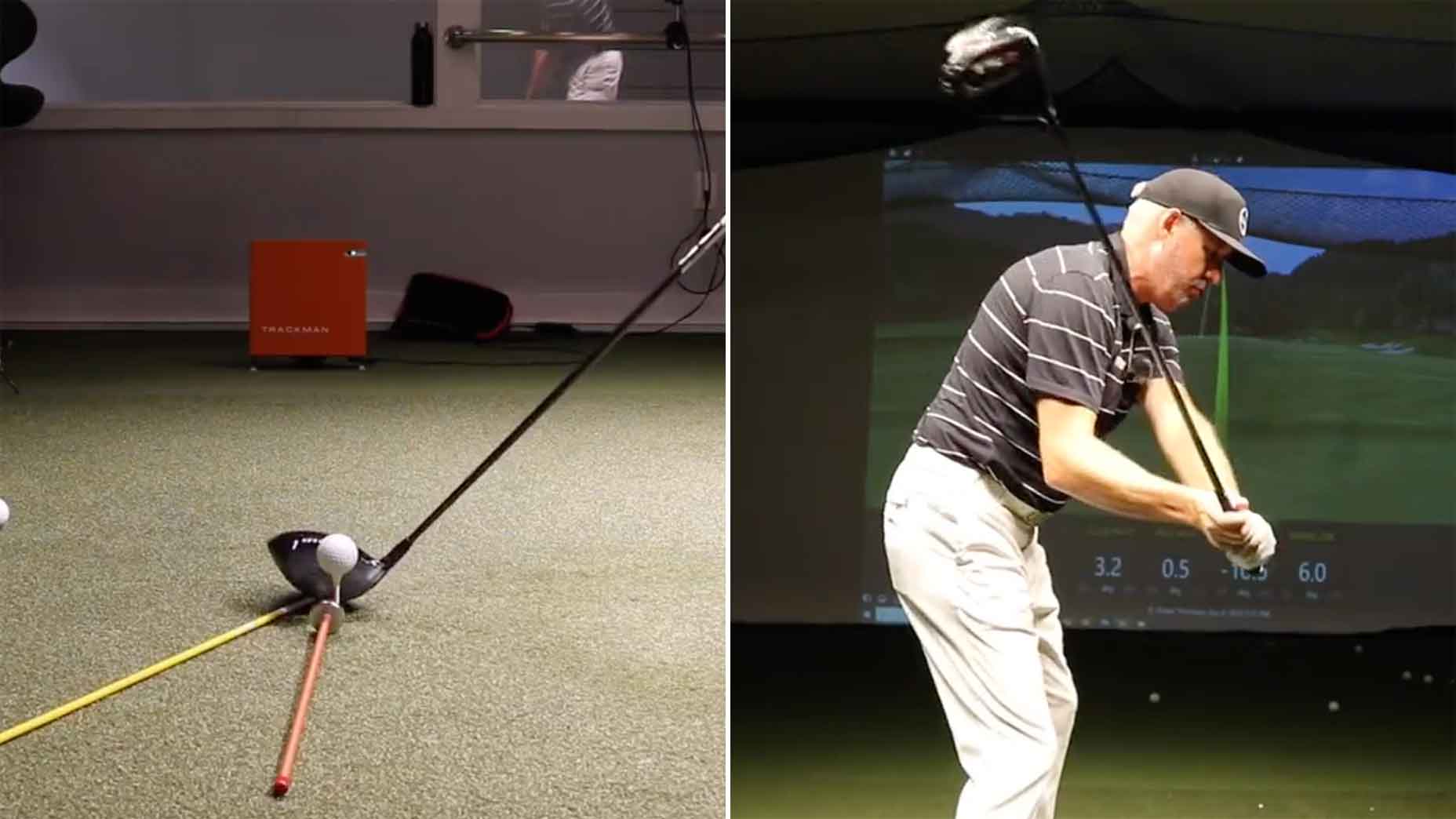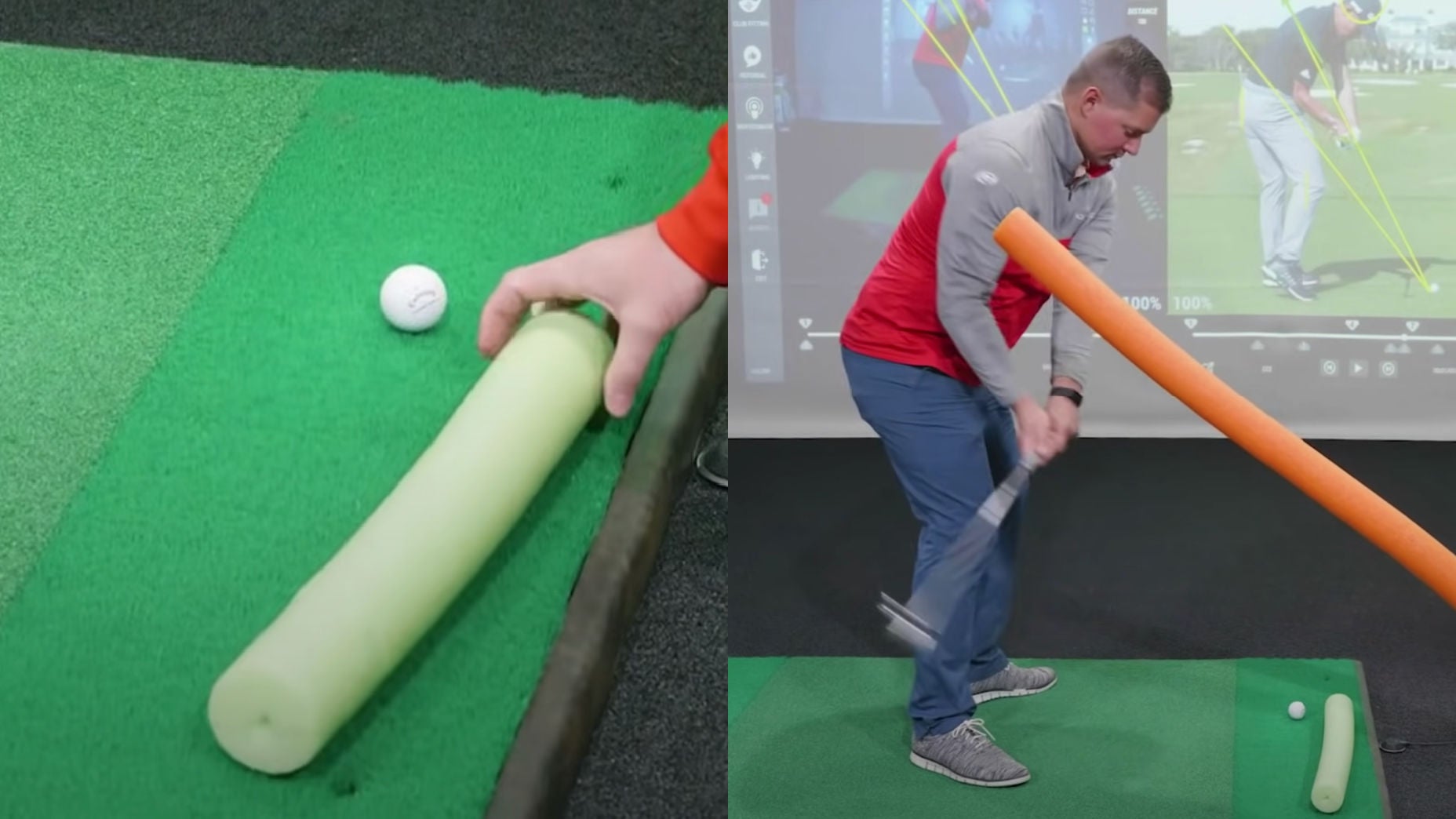There are 4 different kinds of hooks. Which one is yours?

Knowing which hook you have is important.
Getty Images
Every golfer on earth hits bad shots, and when they do, there’s one miss that is perhaps the most terrifying of all.
There are lots of reasons why your golf swing may be causing a hook, but sometimes, the most helpful first step is understanding what causes the ball to hook in the first place. For that, let’s consult Marijan Mustac’s latest Instagram post. Mustac is a German golf coach based in Malaysia who doubles as one of my favorite follows on Instagram because of his visually striking and informative posts.
Before we get going, there are two things you need to know:
Club path, which is the direction your club is swinging, and clubface angle, which is where the clubface is pointing at impact. The relationship between those two things determines which direction the ball goes, and how it curves.
The four different kinds of hooks
1. Draw
A draw is the very best kind of hook. Some reason may disagree that it’s a hook at all, but it’s included here because a draw is on the hook end of the spectrum, which is important to know.
Draws generally happen when both the path and the face are pointing to the right of your target, but the club path is pointing more to the right that the clubface.
2. Push-hook
A push-hook is a pretty common miss among good players. It’s essentially an overcooked draw, which is what happens when the path is pointing significantly more right than the clubface. This could be the result of your golf grip being too strong, which causes the clubface to close too much.
3. Pull hook
Definitely the most terrifying of all the hook, a pull hook is when the ball starts left and curves more left. It happens when the club path is neutral or moving left, and the clubface is pointing even more left.
4. Standard hook
And then there’s the standard hook, which is when the path is moving to the right, and when the clubface is pointing left. The result is a ball flight with far too much side spin, and a ball that dives down and to the left.










